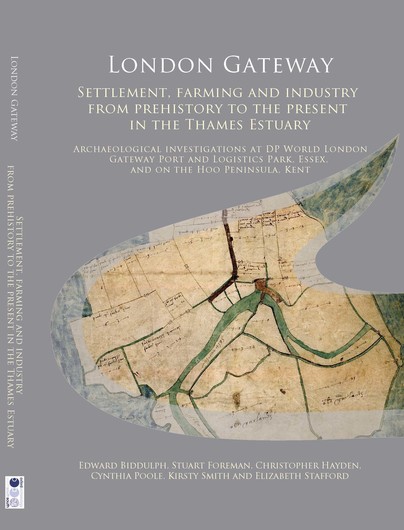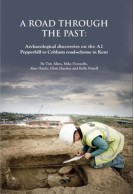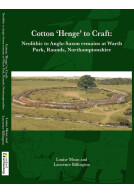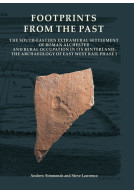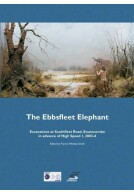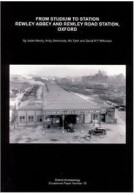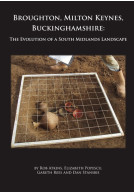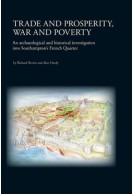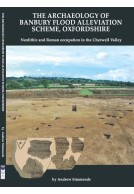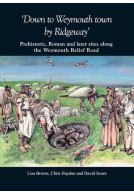London Gateway (Hardback)
Settlement, Farming and Industry from Prehistory to the Present in the Thames Estuary: Archaeological Investigations at DP World London Gateway Port and Logistics Park, Essex, and on the Hoo Peninsula, Kent
Imprint: Oxford Archaeology
Series: Oxford Archaeology Monograph
Pages: 176
Illustrations: 101
ISBN: 9780904220810
Published: 28th May 2022
Script Academic & Professional
Series: Oxford Archaeology Monograph
Pages: 176
Illustrations: 101
ISBN: 9780904220810
Published: 28th May 2022
Script Academic & Professional
You'll be £20.00 closer to your next £10.00 credit when you purchase London Gateway. What's this?
+£4.99 UK Delivery or free UK delivery if order is over £40
(click here for international delivery rates)
Order within the next 52 minutes to get your order processed the next working day!
Need a currency converter? Check XE.com for live rates
(click here for international delivery rates)
Order within the next 52 minutes to get your order processed the next working day!
Need a currency converter? Check XE.com for live rates
Archaeological investigations were carried out by Oxford Archaeology between 2008 and 2016 within DP World London Gateway Port and Logistics Park near Stanford-le-Hope in Essex and on the site of a compensatory wildlife habitat on the Hoo Peninsula in Kent. Some 40 sites were the subject of some form of archaeological assessment, and of these, 16 contained significant archaeological remains or were otherwise important to the understanding of the area. The combined evidence paints a picture of life on the edge of the Thames Estuary from early prehistory to the 20th century.
The discoveries show how the area has attracted settlers, farmers and traders since prehistory. People came to the marshes in Mesolithic and Neolithic times, perhaps on a seasonal basis, to hunt, and gather plants and seafood. In the late Bronze Age, Iron Age and Roman periods, people trapped seawater to extract salt, a valuable commodity used for food preservation. In the medieval period, the marshland offered unrivalled pasture for the sheep and cattle belonging to upland farms on the gravel terraces. Over time, the marshes were drained to increase the pasture and the value of the farming estates. The creeks that snaked through the marshes were a means of communication and trade. A timber wharf, built in the 16th century, was recorded on the edge of one such creek. In modern times, the sparsely populated area proved an ideal location for the establishment of oil refineries and other industries, positioning London Gateway at the heart of British trade. The area has also inspired artists, writers and filmmakers.
This volume joins two others - London Gateway: Maritime Archaeology in the Thames Estuary and London Gateway: Iron Age and Roman Salt Making in the Thames Estuary - that explore the archaeology and heritage of the London Gateway site.
Other titles in the series...
Other titles in Oxford Archaeology...







